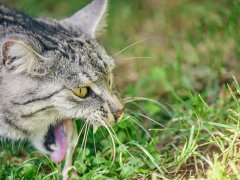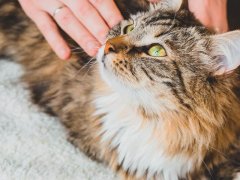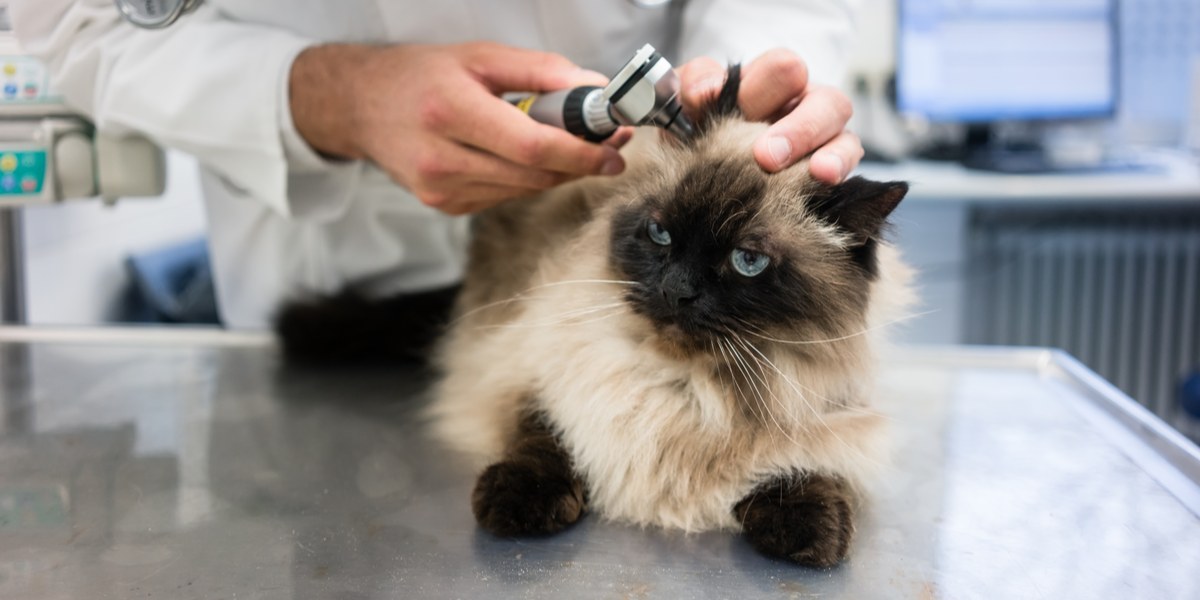
We all love our feline companions and want to protect them at any cost, so we’ve put together a list of the most dangerous cat diseases that we think you should know about.
Although not all cats are at risk of developing these diseases, it’s vital that you know what they are in order to recognize the symptoms.
1. FIV – Feline Immunodeficiency Virus
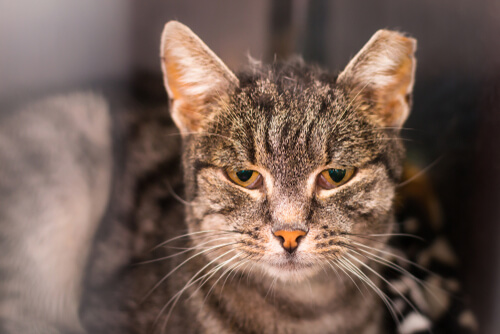
Second on our list is FIV. Often referred to as Feline Aids (specific only to cats as it doesn’t transmit to humans), FIV infects cells of the immune system and can damage your cat’s defenses.
Similar to FELV, it can cause a weakened immune system and cause certain types of cancer. It presents with similar symptoms as FELV though usually less severe and can also be diagnosed with a blood test at your vets.
There is a vaccine available in certain parts of the world which can offer some protection against FIV. Cat bites are the most common way that FIV is spread; therefore neutering your cat to prevent fighting helps to reduce the spread of FIV.
Although we don’t want our cats to develop FIV, we know now that it’s not the death sentence that it used to be and a lot of FIV positive cats can live happy, healthy lives with regular vet visits and good care.
Also Read: Feline Aids (FIV): Causes, Symptoms, & Treatment
2. FELV – Feline Leukemia Virus
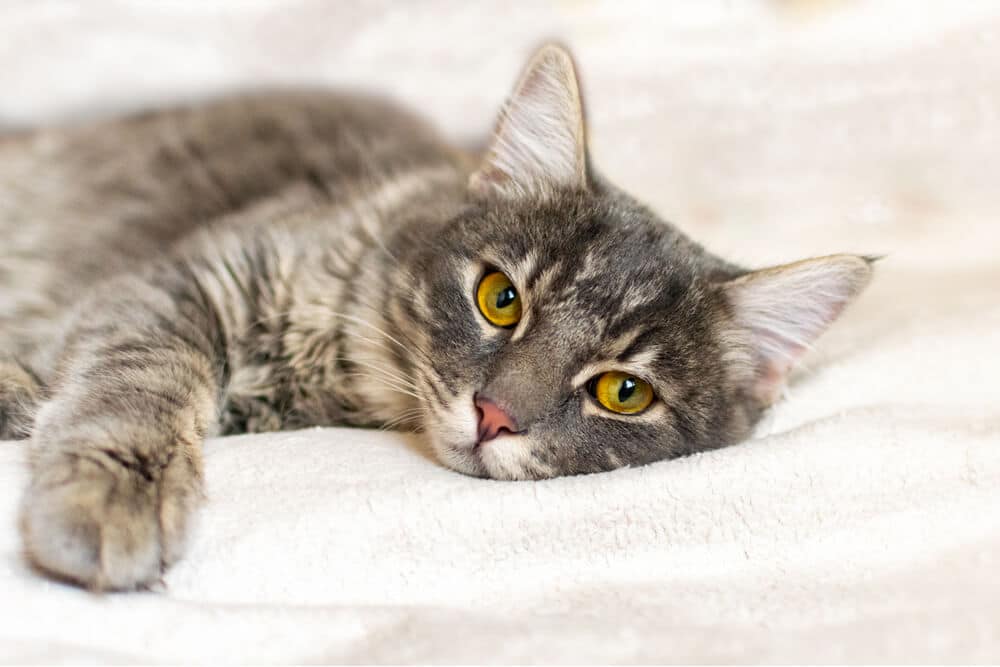
Cat Leukemia can be diagnosed easily and the great news is that there is a vaccination against FELV which offers protection and prevents FELV infection.
Feline Leukemia Virus is easily one of the most serious diseases that cats can develop worldwide. It attacks the cat’s immune system which can result in the development of cancer, anaemia and damage to the immune system.
As a result, this is often fatal disease. It’s spread through bites between cats (infected animals), close contact with an infected cat (sharing food bowls, grooming) and in the womb from an infected mother to her unborn kittens.
Symptoms can be variable but include:
- Fever
- Lethargy
- Weight loss
- Reduced appetite
- Recurrent infections
It can be diagnosed easily by a quick blood test at your vets. This should be done for any new cat in your household. However, the great news is that there is a vaccination against FELV which offers protection and prevents FELV infection.
Also Read: Feline Leukemia Vaccine: What You Need to Know
3. FIP –Feline Infectious Peritonitis
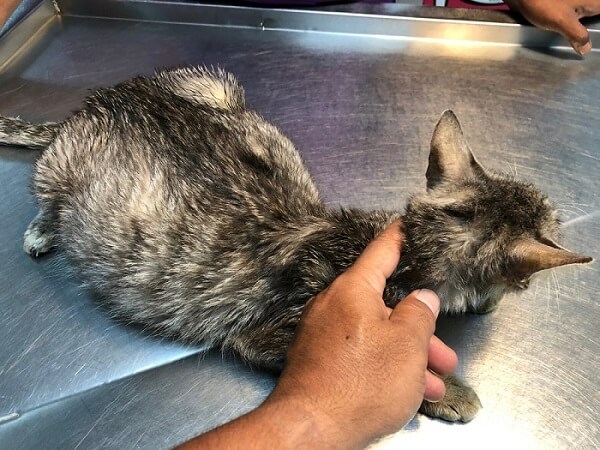
Without a doubt, this is one of the diseases that I dread to diagnose in practice because I know there isn’t much that can be done. It often occurs in young cats, particularly ones in or from a multi-cat household. It’s caused by a mutated form of coronavirus.
Don’t worry though, this is a different type of coronavirus to the one currently causing the COVID-19 pandemic worldwide and it can’t be passed onto humans from cats. However, it causes severe disease in cats and can present in a ‘wet’ or ‘dry’ form with different symptoms.
‘Wet’ form symptoms:
- Difficulty breathing (due to fluid in the chest cavity)
- Swollen distended abdomen (due to fluid in the abdomen)
- Lethargy
- Reduced appetite
- Weight loss
‘Dry’ form symptoms:
- Neurological signs
- Inflammatory conditions of the eyes
- Inflammatory conditions of the liver, kidneys, lungs and skin
- Vague symptoms (weight loss, reduced appetite, lethargy)
In conclusion, FIP is a difficult disease to diagnose and even more difficult to treat. At present, there is no cure or specific treatment for FIP and in the majority of cases it’ll be fatal.
However, there’s an anti-viral drug that has recently had promising results treating FIP and is currently undergoing testing. Hopefully, the future of cats with FIP will be more positive.
Also Read: Feline Infectious Peritonitis (FIP): Causes, Symptoms, & Treatment
4. Rabies
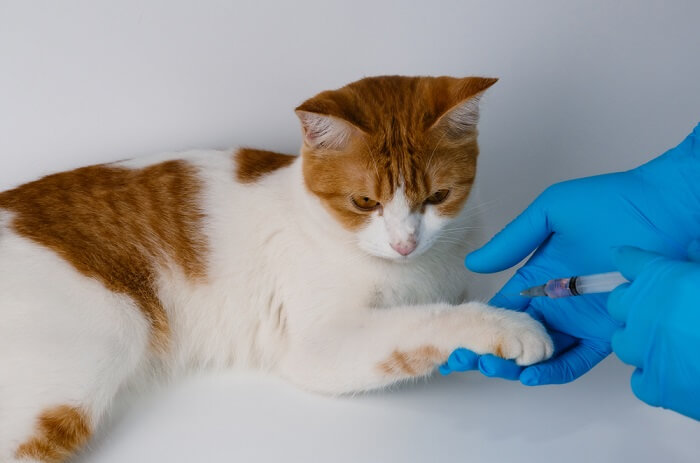
Everyone is familiar with the image of a rabid dog, but did you know that cats can get rabies too? Rabies poses a serious threat to pets and humans alike in many parts of the world.
It can cause death in approximately 7 days by attacking the nervous system and is zoonotic (can be spread from animals to humans), making it a deadly disease.
In the USA, it affects cats more than dogs. Cats can get rabies through bite wounds from other animals. They should be brought to the vet as soon as possible if they get bitten. They can get a yearly vaccine to prevent infection.
Symptoms of rabies include:
- Change in behaviour
- Aggression/excitable
- Drooling
- Loss of muscle control/comatose
Also Read: Rabies in Cats: Causes, Symptoms, & Prognosis
5. Cat Flu
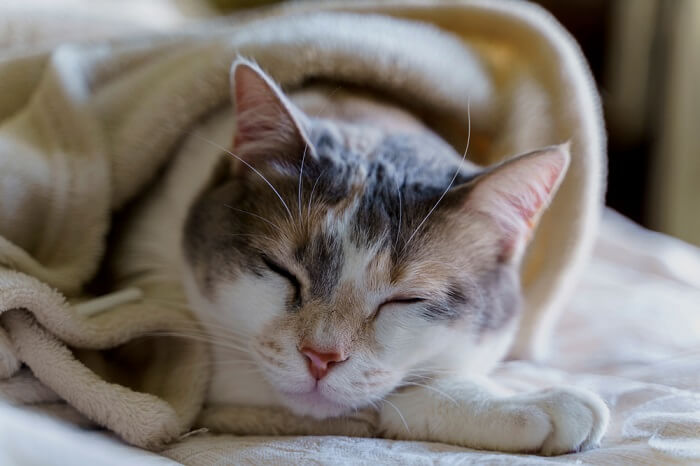
Cat flu isn’t often seen as a dangerous disease of cats as people often relate it to the type of flu that humans get, but don’t be fooled! It can present as a harmless sneeze in some cats and in others it can cause severe illness.
I’ve treated kittens that have ended up losing their eyes due to corneal ulcers as a result of cat flu. Cat flu is very contagious and spreads like wildfire between cats.
Symptoms often include:
- Nasal discharge
- Ocular discharge
- Sneezing
- Conjunctivitis
- Reduced appetite
- Fever
- Weight loss
- Lethargy
- In rare cases –limping
Luckily, a vaccine exists for cat flu which you can discuss with your vet.
Also Read: Cat Cold: Causes, Symptoms, & Treatment
6. CKD – Chronic Kidney Disease
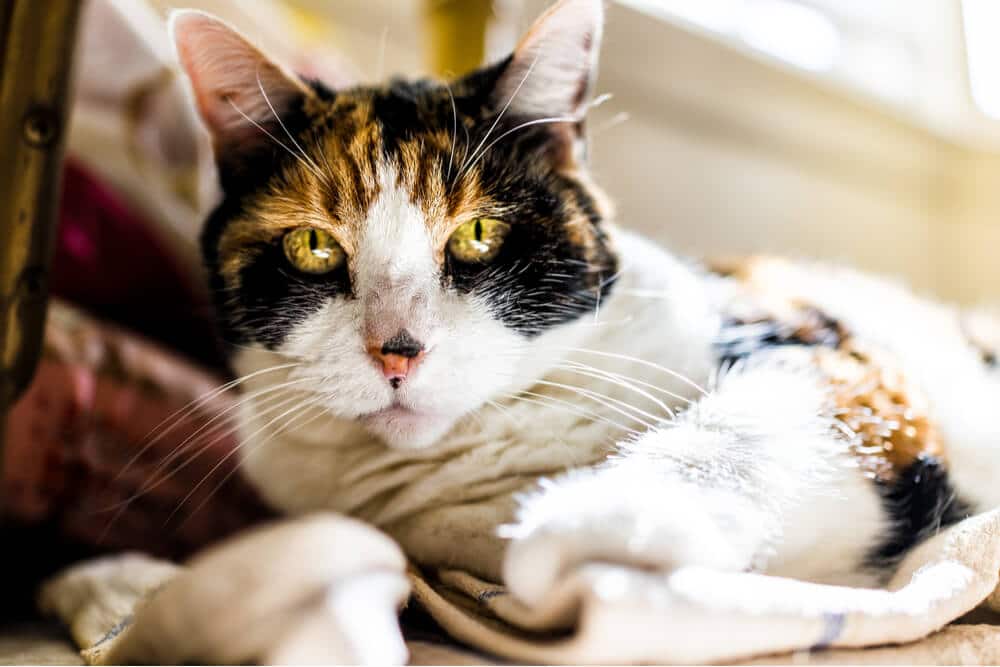
CKD is one of the most common diseases in cats, particularly as they age. It occurs from chronic, irreversible damage to the kidneys over time which can affect their function to remove waste products, produce hormones and maintain water balance.
In many cases, the cause of kidney disease is unknown. Therefore, prevention isn’t something we focus on much with this disease.
We mainly focus on recognizing the symptoms of CKD which may include:
- Increased drinking and urinating
- Vomiting
- Weight loss
- Reduced appetite
- Lethargy
- Poor unkempt coat
- Smell from breath
Though irreversible, CKD can be managed through diet, medication and regular check-ups. Knowing the symptoms can help you recognize this early on in the disease and prolong the time to potential renal failure.
Keep tabs on your cat’s kidney function with Kidney-Chek, a simple at-home saliva test.
7. Diabetes
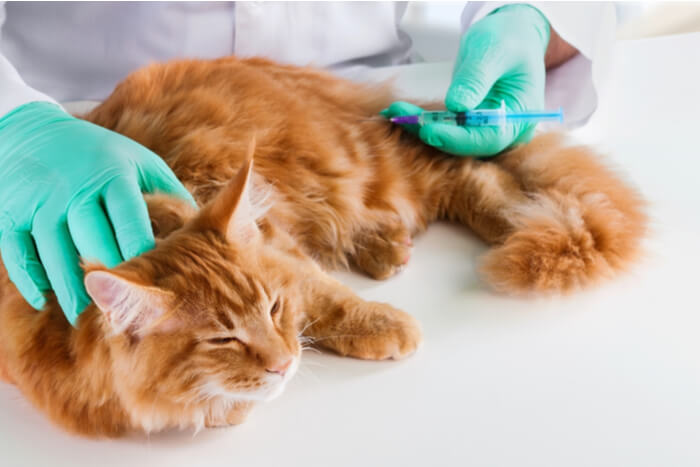
Many people are familiar with this disease in humans but are surprised to hear that it affects our feline friends too. Diabetes occurs from a reduced amount of insulin (or lack of) in the body, which results in very high sugar levels.
Unlike humans, cats almost always need insulin injections to control their diabetes. In contrast, some humans can control it with diet alone.
Signs of diabetes in cats:
- Increased drinking and urination
- Increased appetite
- Weight loss
- Poor coat condition
- Lameness on hind limbs
- Urinary tract infections
In severe diabetes (diabetic ketoacidosis) you might also notice:
- Lethargy/depression/collapse
- Vomiting
- Diarrhea
- Inappetence
Maintaining a healthy weight and diet for your cat is important to try and prevent diabetes from occurring. The outcome can vary from cat to cat and it can be very dangerous if diabetes is uncontrolled.
Also Read: Feline Diabetes: Diagnosis, Treatment, and Remission Demystified
8. Hyperthyroidism
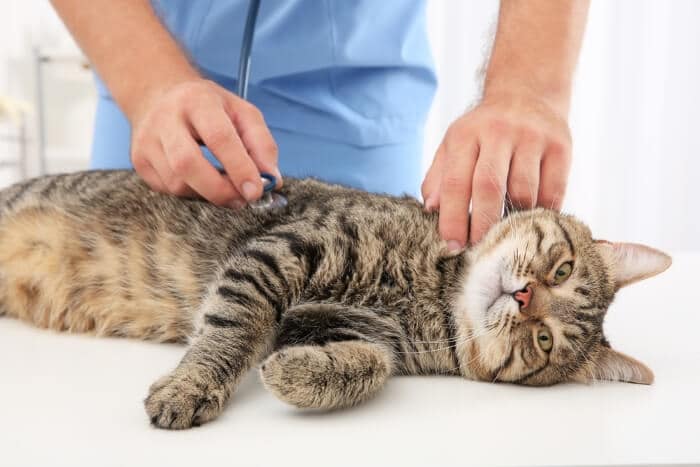
Cats can develop an overactive thyroid as they age and this can cause a variety of symptoms:
- Increased appetite
- Weight loss
- Increased drinking and urinating
- Vomiting
- Increased activity/agitated
- Increased heart rate
Untreated, it can lead to severe weight loss and even heart disease in older cats. A blood test can easily diagnose it and it can be treated with medication, surgery or radioiodine therapy.
Also Read: Hyperthyroidism in Cats, Symptoms, Treatment & Causes
9. FIA – Feline Infectious Anemia
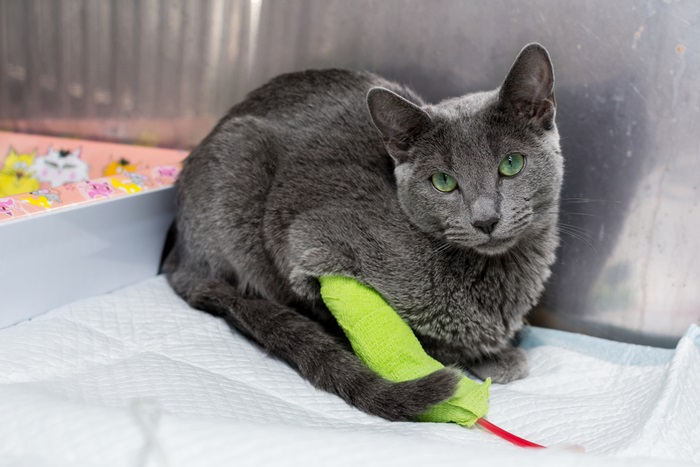
This is a severe anemia that occurs from a group of bacteria (Mycoplasmas) that attack and destroy the cat’s red blood cells.
Symptoms can include:
- Lethargy/weakness
- Pale gums
- Fast heart rate
- Rapid breathing
- Fever
Once diagnosed, medications can treat it and a blood transfusion can be given if severe anemia has occurred. It’s not fully known how these bacteria spread, but it’s thought that fleas and cat bites are involved.
Therefore, regular flea prevention and ensuring that your cat is neutered (to minimize cat fights) are vital.
Also Read: Anemia In Cats: Causes, Symptoms, & Treatment
10. FLUTD – Feline Lower Urinary Tract Disease

Finally, taking the last spot on my list has to be FLUTD. This is a term for a group of conditions that affect the bladder or urethra of cats. It can range from a bacterial infection, bladder or urethral stones, cancer or cystitis. The most common cause of FLUTD is cystitis.
Symptoms can include straining and pain when urinating, urinating in small amounts and blood visible in the urine. It can develop into a life threatening emergency when a cat can no longer urinate due to the above causes and becomes ‘blocked’.
We know that this is more common in male adult cats (especially indoor cats), particularly cats that are overweight and on dry food only. Prevention includes maintaining a healthy weight and balanced diet.
Also Read: Urinary Tract Infection In Cats
Take-Home Message
There are many other infectious diseases amongst our felines (e.g. feline panleukopenia, toxoplasma, ringworm, heartworm etc.) but in my opinion, these are some of the most deadly and dangerous worldwide. Taking some of the preventative tips and knowing the symptoms of these illnesses could save your cat’s life.

